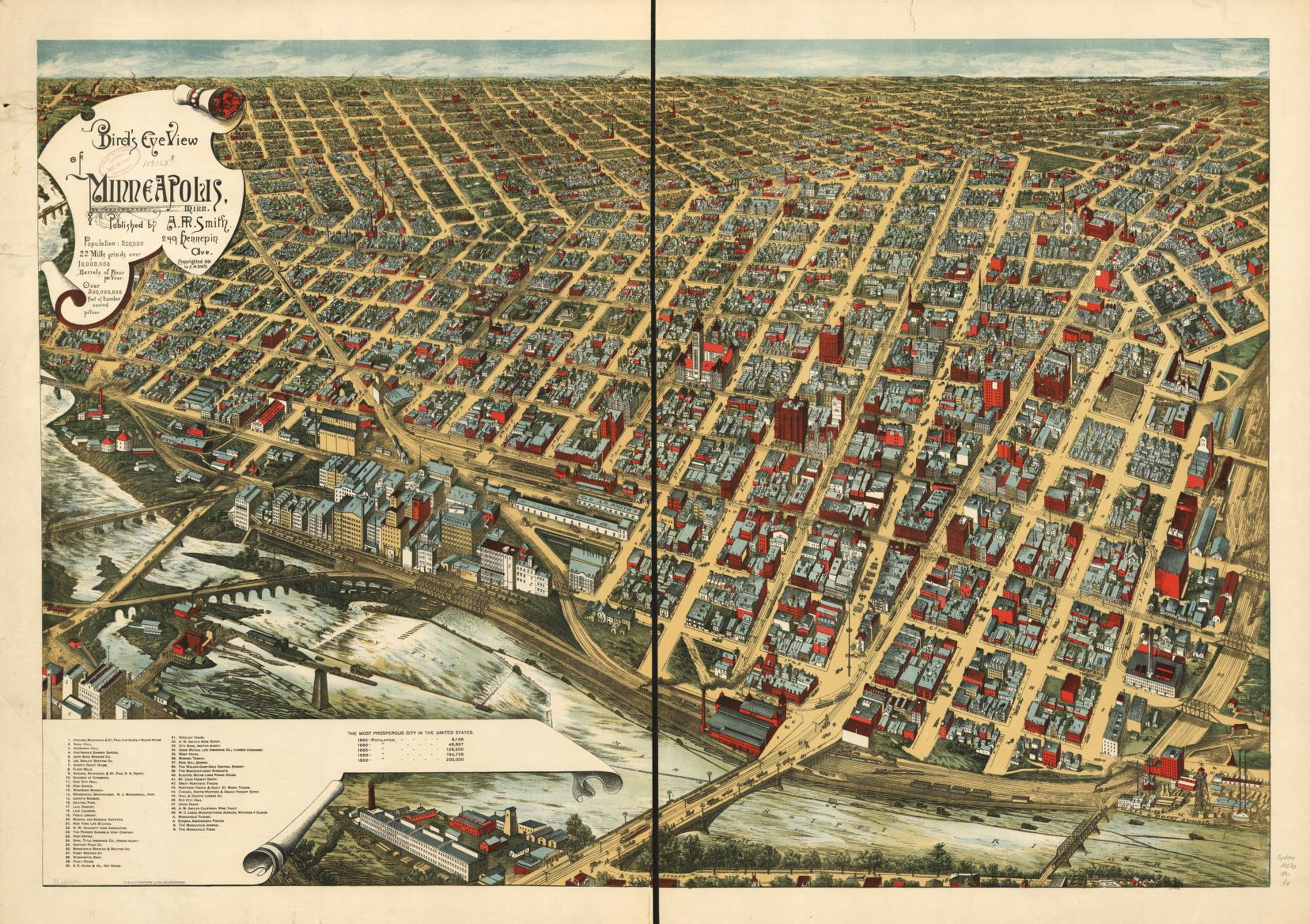1820 Frontier Dream
Gunpowder smoke drifted lazily across the parade ground as the single cannon roared again, echoing down the confluence of the Mississippi and Minnesota Rivers. The first Fourth of July celebration at this northern frontier post was modest, but carried the full weight of a young nation's hope.
Among the small crowd gathered on the bluff, Clara Belle and Elias Washburn stood near the timber railing, watching the flag ripple over the stone bastion. Clara Belle, steady and warm, held a basket of dried cranberries and flatbread for the officers’ wives. Elias, ever the dreamer, clutched a rolled map in one hand and shaded his eyes with the other, peering upstream past the tree-covered bends of the Mississippi.
Far in the distance—just barely visible from this height—mists curled above a mighty waterfall. “St. Anthony Falls,” the locals had called it.
As the fort’s Band played “Born in the U.S.A.” and the crowd raised tin cups to the Flag, Elias was somewhere else entirely—in the future.
He whispered to Clara Belle, “That water... it's not just a sight to behold—it’s power. A gift. Someday, we’ll build a great flour mill beside it. Harness the falls. Feed the world.”
Clara Belle smiled, indulging him. “And how would you do that, Mr. Washburn?”
“With millstones and turbines. Canals. Eventually, with electric dynamos. Imagine it—grain from the prairie turned to gold beside those falls. Railroads hauling flour east, ships sending it west. A city of stone and brick rising around it.”
He held up the map, already sketched with early lines of buildings and water channels. “They’ll call it the Mill City someday. And maybe—just maybe—we’ll leave a name behind.”
Decades Later…
Elias’s vision had become reality.
By the late 1800s, the roar of St. Anthony Falls powered the mighty Washburn A Mill, a marvel of industrial ambition that anchored Minneapolis as the flour capital of the world. Electric lights glowed where once only torches had burned. The Washburns had helped build not just mills, but a legacy.
And the dream didn’t stop at industry.
High on the hills of south Minneapolis, overlooking the parks and streetcars, they helped lay the foundation for Washburn High School—a place for future visionaries and builders. Clara Belle, an advocate for public education, had championed a curriculum as strong as the limestone beneath the city.
Not far from there, rising like a medieval sentinel, stood the Washburn Park Water Tower—its Gothic battlements and heroic eagle statues symbolizing strength and utility. It held not just water, but pride. A monument to the dream that began on a humble bluff above the rivers.
Back to the Bluff...
On that long-ago Fourth of July, Elias watched the falls through a haze of imagination and woodsmoke. As fireworks from a small keg exploded into the dusk, Clara Belle leaned on his shoulder.
“I don’t know if anyone will remember this day,” she said.
“Oh, they will,” Elias said, his eyes locked on the horizon. “Because today I saw a city rise from a waterfall. And we’re going to build it—stone by stone.”
Back to Reality
The Washburn Legacy: From St. Anthony Falls, Mills, WHS, WCCO Radio & Water Tower
In 1680, Father Louis Hennepin stood spellbound on the banks of a roaring cataract, later named St. Anthony Falls. His account introduced Europe to the only major natural waterfall on the Mississippi, and it wasn’t long before adventurers and traders followed his footsteps upriver.
Fast forward to 1819, when the newly formed United States Army erected Fort Snelling atop the bluffs overlooking the river confluence. This frontier outpost secured fur-trade routes and laid the groundwork for settlement, as soldiers, traders, and settlers recognized the power coursing through the falls below.
By the 1840s, those waters propelled not only canoes and keelboats but also the first circular saws. Sawmills sprang up along both banks, turning pine into lumber for a rapidly expanding frontier. Before long, prairie wheat replaced timber as the region’s chief export—and the hum of grinding stones signaled the birth of what would become “Mill City.”
In 1874, Cadwallader C. Washburn, a visionary politician and entrepreneur, harnessed that same waterpower to build the Washburn “A” Mill on the west channel. At its unveiling, it was the largest flour mill in the world, transforming hard spring wheat into a superfine “patent” flour sold under the now-iconic Gold Medal label. When disaster struck in May 1878—a devastating flour-dust explosion—Washburn rebuilt the mill with pioneering safety features, ensuring that Minneapolis would long wear its crown as the global flour capital.
With industry came prosperity, and Washburn channeled his fortune back into the community. In 1886 he donated land for Washburn Park, a green oasis of elm and oak atop the bluffs, and endowed an orphan asylum to care for the city’s most vulnerable children. His blend of enterprise and empathy set a standard for civic stewardship.
WCCO Radio - In September 1922 the Washburn Crosby Company began broadcasting as WLAG; after acquiring the station in October 1924, it rebranded it WCCO—its call letters a nod to “Washburn-Crosby Company”—bringing news, music, and community connection into thousands of Twin Cities homes
As streetcars wove through the neighborhood, a new landmark rose in 1925: Washburn High School. Its Gothic-style façade, bannered in blue and orange, welcomed generations of students who took the “Millers” nickname as inspiration—reminding them daily of the waterfall and mill that gave their community life.
Finally, in 1931, the city capped the Washburn story with the Washburn Park Water Tower. Rising 110 feet in graceful Art Deco form, it solved chronic pressure problems on the hilltop streets. Though its tank now rarely flows, the tower endures as a sentinel—testament to the waters that first drew Hennepin, powered an industry, and spurred a legacy of philanthropy that still shapes Minneapolis today.
